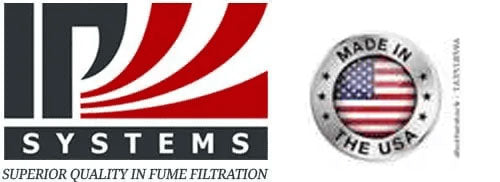Maintaining optimal indoor air quality is crucial for health and well-being. One of the most effective ways to ensure clean air is by regularly changing air filters. The frequency of filter changes can vary significantly based on the type of filter used, the specific application, and the volume of work or activity in the environment. Below are the recommended guidelines for changing different types of filters.

Pleated Filters: These filters are designed to capture a wide range of airborne particles, including dust, pollen, and pet dander. It is recommended that pleated filters be changed every 1 to 2 months. In high-traffic areas or environments with significant dust accumulation, more frequent changes may be necessary to maintain efficiency.

HEPA Filters: High-Efficiency Particulate Air (HEPA) filters are known for their ability to trap very small particles, making them ideal for environments where air quality is paramount, such as hospitals or homes with allergy sufferers. HEPA filters should be replaced every 6 to 12 months, depending on usage. Regular inspections can help determine if a change is needed sooner, especially in cases of increased particulate matter in the air.

Carbon Filters: Carbon filters are effective at removing odors and volatile organic compounds (VOCs) from the air. The replacement frequency for carbon filters is less straightforward; they should be changed when noticeable odors return or at the end of the 12-month period, whichever comes first. Regular monitoring of air quality can help in determining the optimal time for replacement.

In conclusion, adhering to these guidelines can significantly enhance indoor air quality and ensure that air filtration systems operate at peak efficiency. It is essential to consider the specific conditions of your environment and adjust the filter change schedule accordingly. Regular maintenance not only improves air quality but also prolongs the lifespan of the filtration system.
